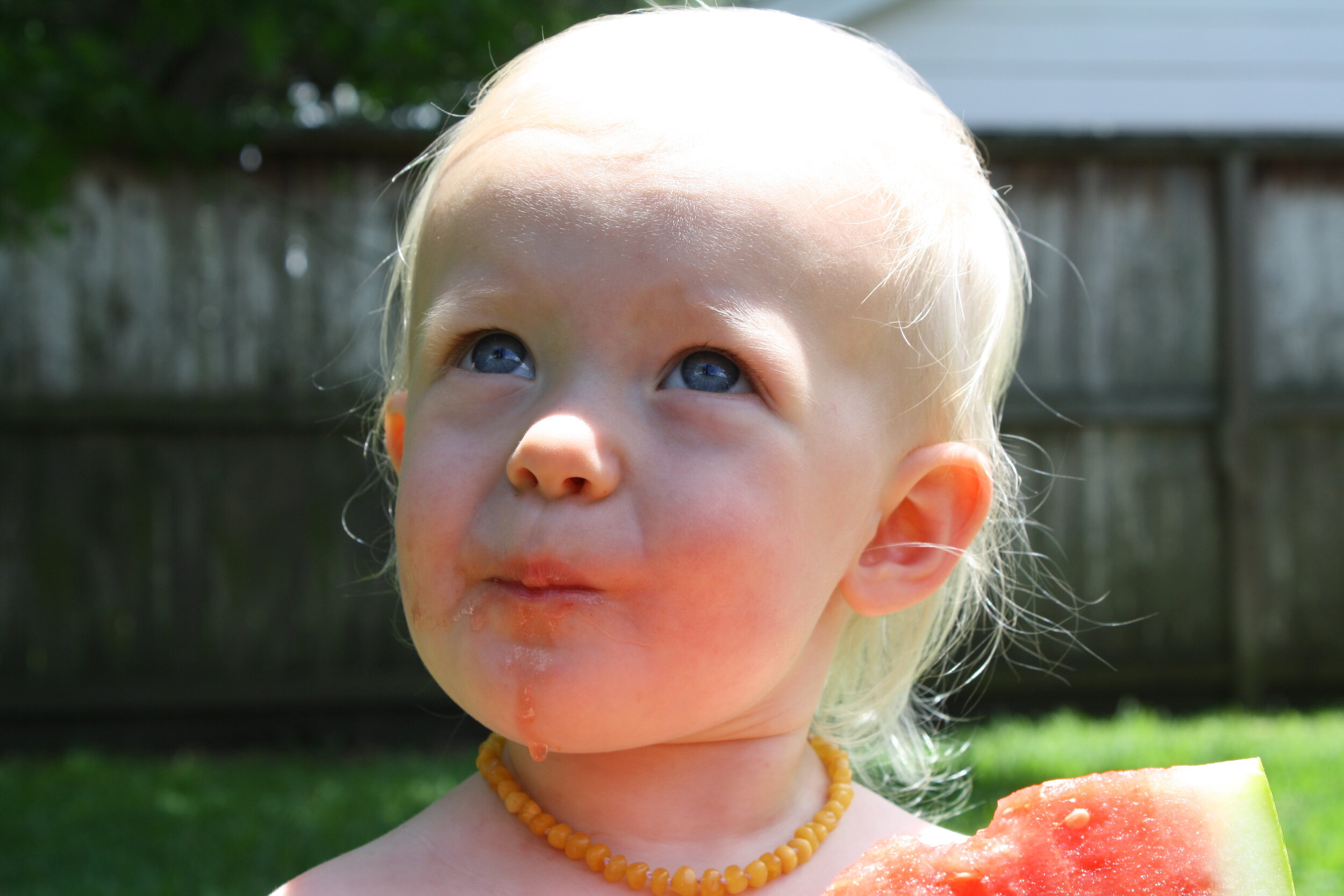My baby doesn't know animal sounds.
My baby doesn’t know animal sounds. She is just past 18 months old and the one animal sound she knows is “moo”. I see other babies her age, younger, slightly older and they can name animals and make the sounds. I start to wonder, why is this hard for us? Why can’t she tell me these things?
Then I remember, functional words. What is functional, what is useful, what has a purpose for her? Those are the words she is going to learn and use first.
She knows her body parts, she can tell me yes and no, she can to me stop and go, up, down, on, off, more, please, eat, and when her diaper is dirty. These words serve a function- they get a response from another person and help meet a need of hers. That is the developmental stage of her brain.
Could she learn animal sounds or color words at this stage? Yes, her brain has the capacity to learn those things. However, they do not serve the same purpose as the words mentioned above, so there has not been a motivation for her to learn them. I could read animal sounds books, sing songs, and drill the words till she starts to use them. But I don’t feel that is a good use of my time or hers. She will learn them when they serve a purpose for her.
Now what about a kid whose first word is “moo”? Great! “Moo” serves a purpose for them. “Moo” gets them something they want or meets a need they have. Sometimes that need might just be for an adult to repeat the word or smile and giggle with the child.
What is the point here? That comparison is the thief of joy? In a way. That children develop according to their own timeline and trajectory? Yes…and…when choosing language targets for children who are deaf or hard of hearing, keep functionality in mind. If we look at the First 100 words from Moog there is a variety of words on the list, because children (people in general) have a variety of needs and therefore functional words vary accordingly. So how do we know what is functional to the child? By having a relationship with the child’s family so that targets are discussed and chosen collaboratively based on cultural components, family desired goals, and daily application. By tracking progress using spontaneous language sampling to see how the child maintains and generalizes words that are taught.
And when the targeted words are not maintained or generalized? We need to choose new targets.
What daily activities does the family want to focus on?
Can we do a task analysis and pull out a variety of words that are used in those activities?
Do we need to focus on more nouns for labeling or can we target some verbs and adjectives?
What speech sounds or handshapes are most successful for the child and which are most difficult?
All these questions might be overwhelming. So remember this. Quality over quantity. Our goal should be to surround the child in language that is meaningful to them, that serves a function in daily life.
*Of course, if you have concerns about your child’s development, please check-in with your pediatrician or their teacher.

